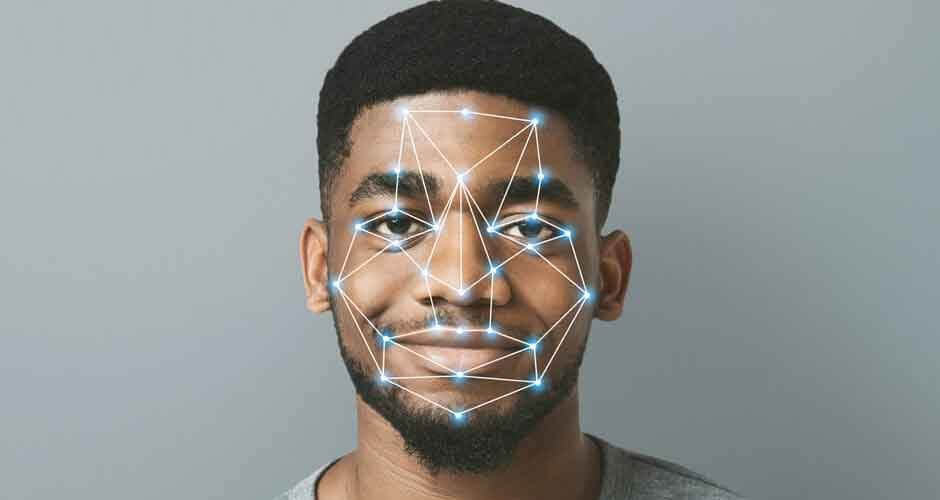As businesses strive for enhanced security and efficiency, they increasingly adopt advanced technological solutions to improve operations. Biometric systems have emerged as pivotal tools, offering unmatched accuracy and reliability for attendance tracking and access control. At the heart of this technological revolution is the biometric time clock, a device that has redefined the way businesses monitor and manage employee time.
The Spread of Workplace Biometric Technology
Expanding on the transformative impact of biometric technology in the workplace, it’s noteworthy that such innovations have significantly streamlined attendance systems and security protocols. Businesses now leverage this technology to ensure a robust defence against unauthorised access while also facilitating a more efficient tracking of employee work hours. The integration of biometric authentication into workplace systems has resulted in a reduction of fraudulent timekeeping and improved the overall accuracy of payroll calculations. This shift towards biometric systems underscores a broader move towards digital transformation, aiming to enhance workplace efficiency and security. Through this, companies achieve a more reliable and agile operational model capable of adapting to the dynamic needs of the modern workforce.
Enhancing Security and Accuracy
Biometric systems not only enhance security and accuracy but also streamline compliance with labour regulations. By automating the tracking of hours worked, businesses can effortlessly meet legal requirements, reducing the risk of penalties. Additionally, the real-time monitoring capabilities of biometric systems offer instant insights into workforce dynamics, enabling proactive management and optimisation of staffing levels. This level of precision and oversight not only fortifies security measures but also amplifies operational efficiency, ensuring that resources are allocated where they are most needed, thus bolstering the integrity and performance of the workplace.
Streamlining Payroll Processes
Enhancing the narrative around the integration of biometric technologies into payroll systems, this approach further aligns financial operations with technological advancements, leading to a more dynamic and responsive financial management framework. By automating attendance and time tracking, companies can eradicate the manual errors typically associated with payroll processing, ensuring an equitable and transparent remuneration system. This automation also unlocks the potential for dynamic scheduling, where workforce planning can be adjusted in real time based on accurate attendance data. Consequently, businesses can achieve a higher degree of fiscal discipline, optimising operational costs and improving overall financial health. The strategic allocation of financial resources, informed by precise biometric data, positions organisations to capitalise on growth opportunities while maintaining a motivated and fairly compensated workforce.
Versatility Across Industries
Expanding on the adaptability of biometric technologies, it’s evident that their application extends far beyond conventional boundaries, enabling a wide array of sectors to bolster security and operational efficacy. In manufacturing, for instance, biometric systems ensure only qualified personnel access certain machinery, reducing the risk of accidents. In the financial sector, these technologies protect sensitive customer data, offering a solid layer of security against fraud. The adaptability of biometric solutions, capable of catering to the nuanced demands of diverse industries, underscores their role as a cornerstone in the modernisation of security and management practices across the board.
The Future of Workforce Management
Looking towards the future, the evolution of biometric systems in workforce management is set to embrace more sophisticated analytics and AI-driven insights. These advancements aim to predict staffing needs, optimise workforce allocation, and enhance employee engagement through personalised experiences. Integrating biometric data with advanced analytics tools will enable businesses to harness predictive modelling, thus foreseeing potential challenges and opportunities within the workforce landscape. This forward-thinking approach signifies a shift towards a more data-driven, strategic framework in managing human resources, promising a future where technology and workforce dynamics converge seamlessly for peak organisational performance.
Biometric time clock represents the future of attendance tracking and access control, offering unparalleled accuracy and security. With the ability to adapt to various industries, biometric solutions are clear that they are here to stay and will revolutionise the way businesses operate.



